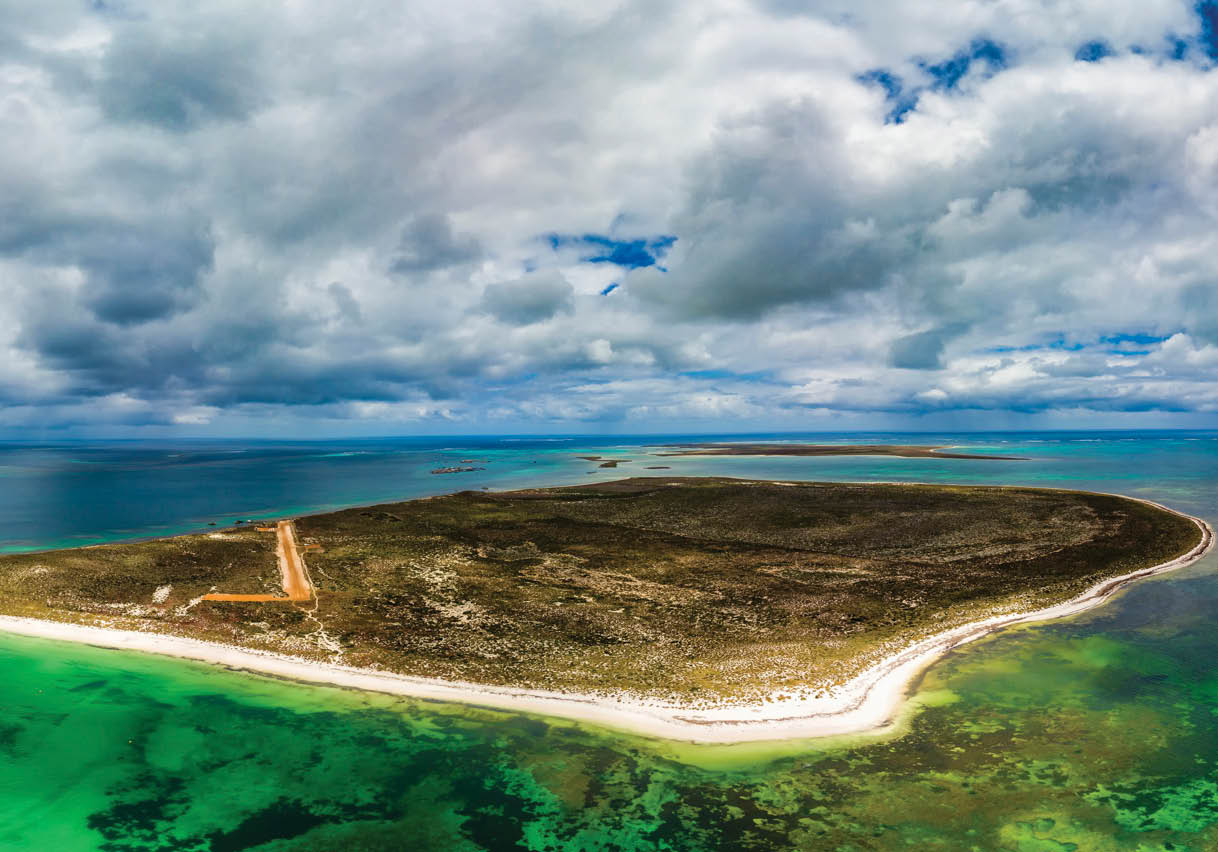
80


When Pelsaert returned to rescue the Batavia survivors in mid-September, he ordered the thickets on the High Island to be burned to catch the ‘cats’ (wallabies), and search for rockholes containing fresh water. They found one pit with stinking water, one with brackish water and one with good water. Pelsaert recorded that they enlarged the opening of the latter with pick-axes and crowbars, and filled the ship’s empty water vessels.
Pelsaert also recorded the murder of one survivor taking place on the island. In early August, surgeon and upper barber Frans Jansz was taken to the High Island under the pretext of searching for seals, only to be brutally killed by Lenert Michielz, Hans Jacopsen, Mattys Beer and Lucas Gillissz.

EAST WALLABI ISLAND (HIGH ISLAND)



With a public airstrip and jetty, East Wallabi Island is the main tourism access point to the Wallabi Group, and a popular destination for day trips. A private or charter vessel is required to access other nearby islands. Public moorings are located in Turtle Bay, on the north side of the island. East Wallabi Island is fringed by coral reef with open ocean to the west and north. Pigeon Island lies to the south, and is home to the largest number of rock lobster fisher camps in the Wallabi Group.
The island is built up from a coral limestone platform that underlies the entire Wallabi Group. Pavement limestone, interspersed with soil and vegetation, makes up the western half of the island, and some areas are covered by dune systems. A number of rockholes are present across the island that capture rainwater, providing a modest supply of fresh water. Flag Hill, located in the northeast of the island, is the highest point in the Abrolhos Islands approximately 15 metres above sea level. Eagle Hill is in the south-east.


